Guangyao Xu
Robust and accurate depth estimation by fusing LiDAR and Stereo
Jul 13, 2022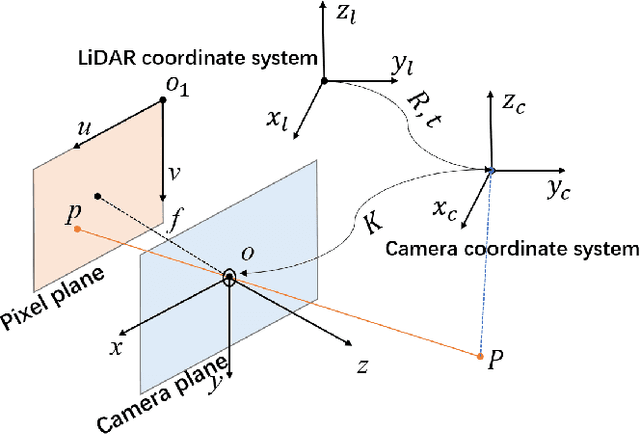
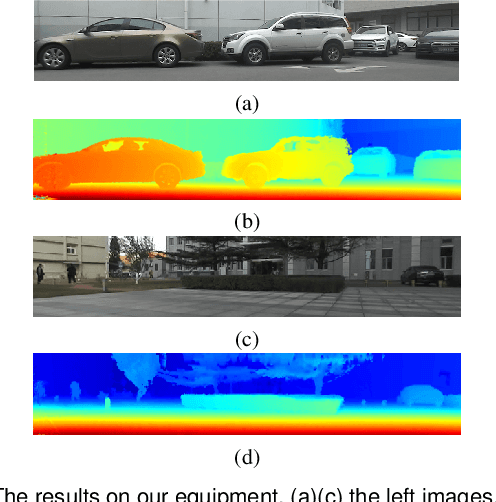
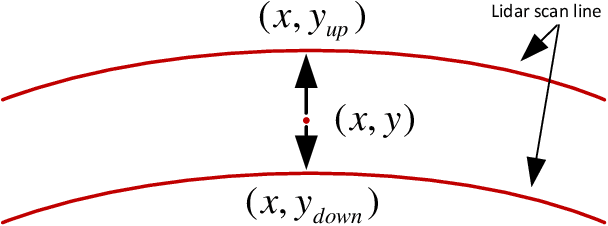
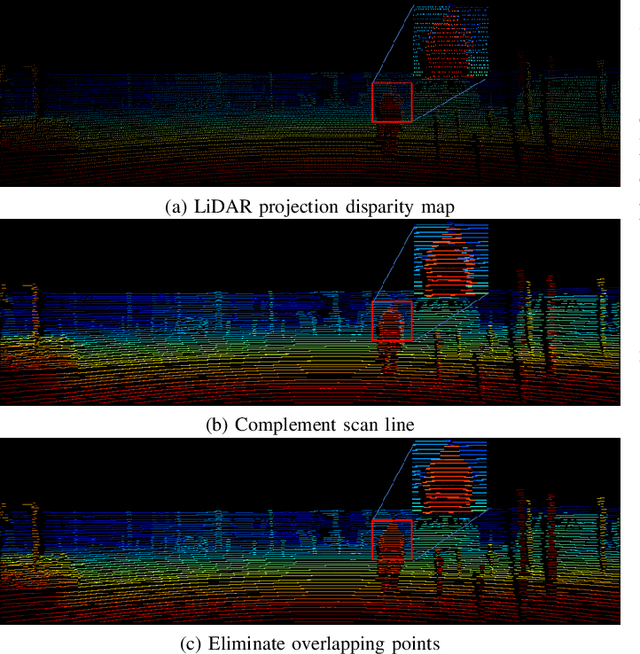
Abstract:Depth estimation is one of the key technologies in some fields such as autonomous driving and robot navigation. However, the traditional method of using a single sensor is inevitably limited by the performance of the sensor. Therefore, a precision and robust method for fusing the LiDAR and stereo cameras is proposed. This method fully combines the advantages of the LiDAR and stereo camera, which can retain the advantages of the high precision of the LiDAR and the high resolution of images respectively. Compared with the traditional stereo matching method, the texture of the object and lighting conditions have less influence on the algorithm. Firstly, the depth of the LiDAR data is converted to the disparity of the stereo camera. Because the density of the LiDAR data is relatively sparse on the y-axis, the converted disparity map is up-sampled using the interpolation method. Secondly, in order to make full use of the precise disparity map, the disparity map and stereo matching are fused to propagate the accurate disparity. Finally, the disparity map is converted to the depth map. Moreover, the converted disparity map can also increase the speed of the algorithm. We evaluate the proposed pipeline on the KITTI benchmark. The experiment demonstrates that our algorithm has higher accuracy than several classic methods.
Reference-Based Sequence Classification
May 17, 2019
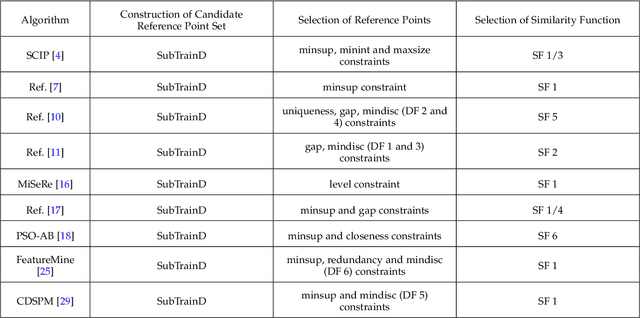

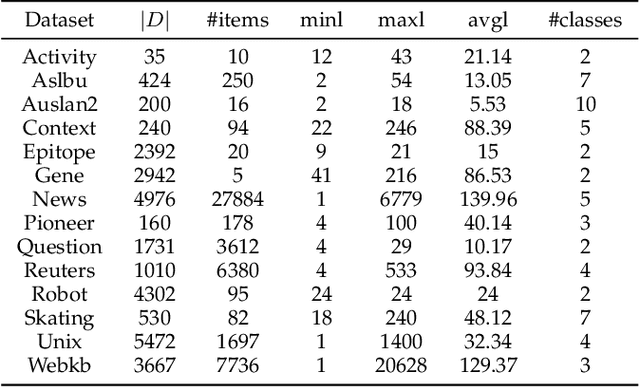
Abstract:Sequence classification is an important data mining task in many real world applications. Over the past few decades, many sequence classification methods have been proposed from different aspects. In particular, the pattern-based method is one of the most important and widely studied sequence classification methods in the literature. In this paper, we present a reference-based sequence classification framework, which can unify existing pattern-based sequence classification methods under the same umbrella. More importantly, this framework can be used as a general platform for developing new sequence classification algorithms. By utilizing this framework as a tool, we propose new sequence classification algorithms that are quite different from existing solutions. Experimental results show that new methods developed under the proposed framework are capable of achieving comparable classification accuracy to those state-of-the-art sequence classification algorithms.
 Add to Chrome
Add to Chrome Add to Firefox
Add to Firefox Add to Edge
Add to Edge